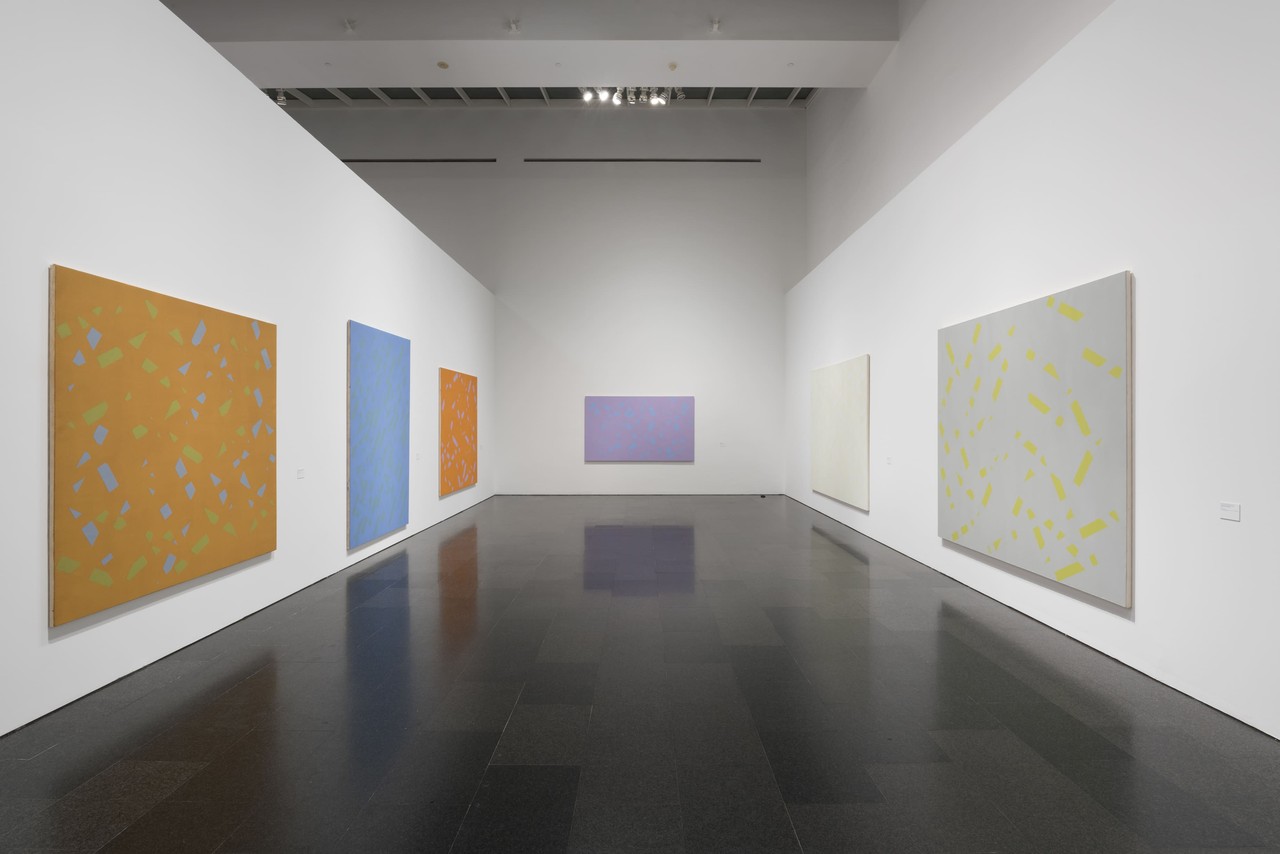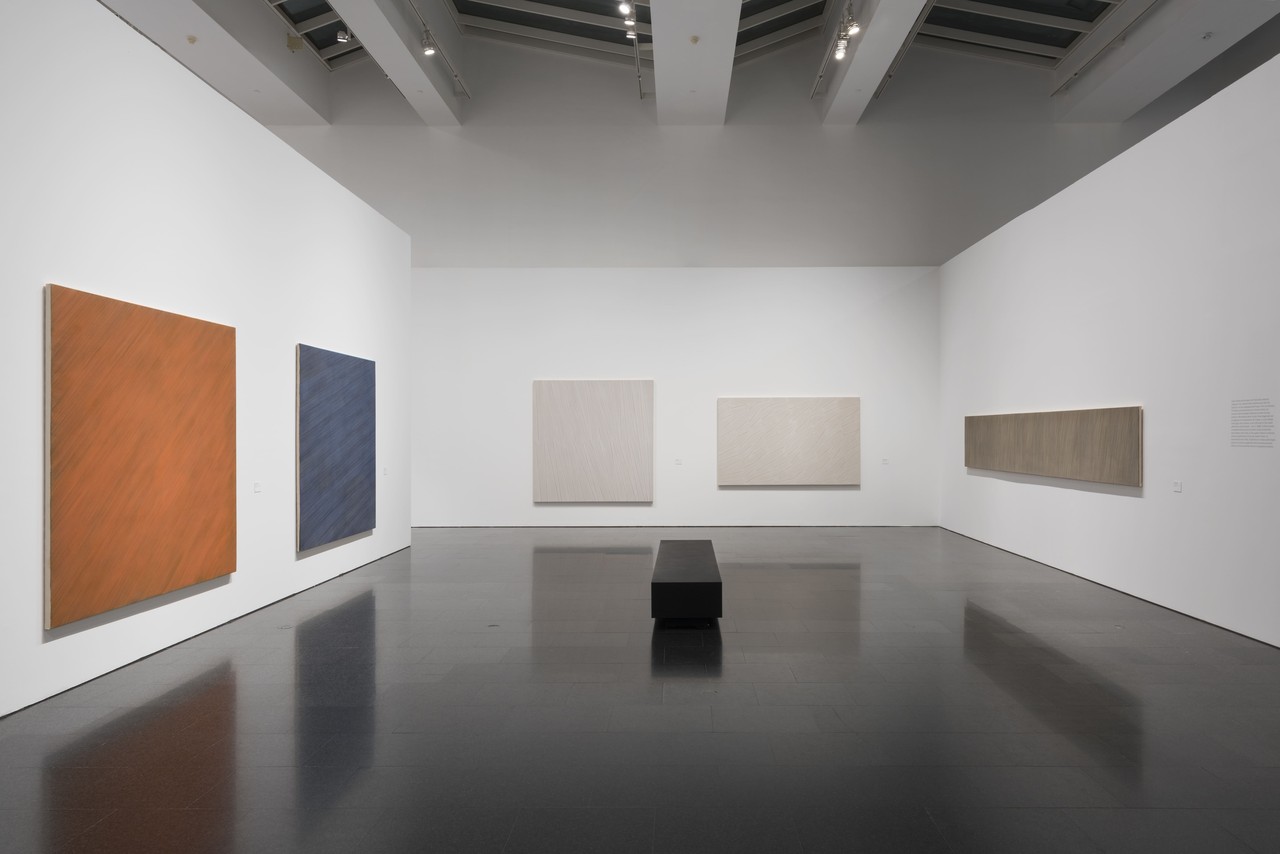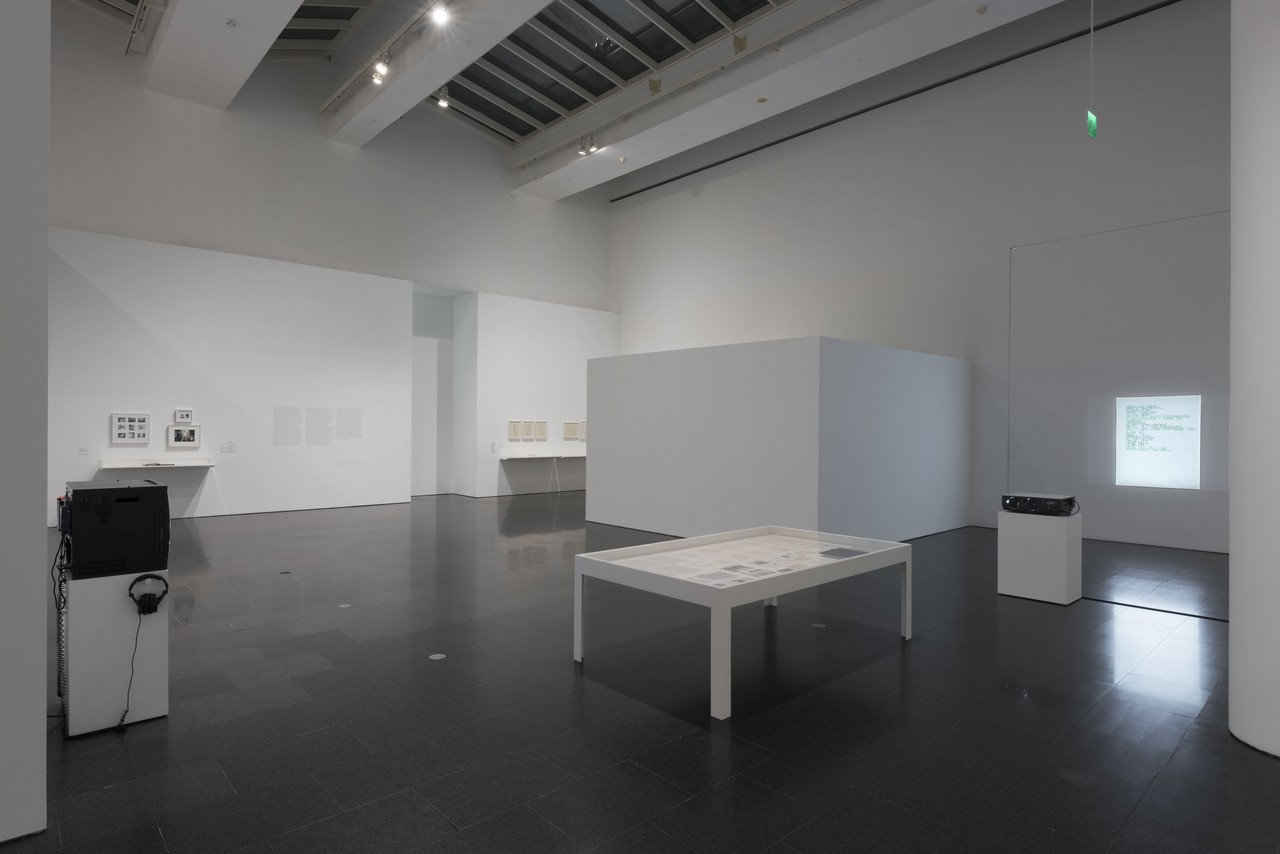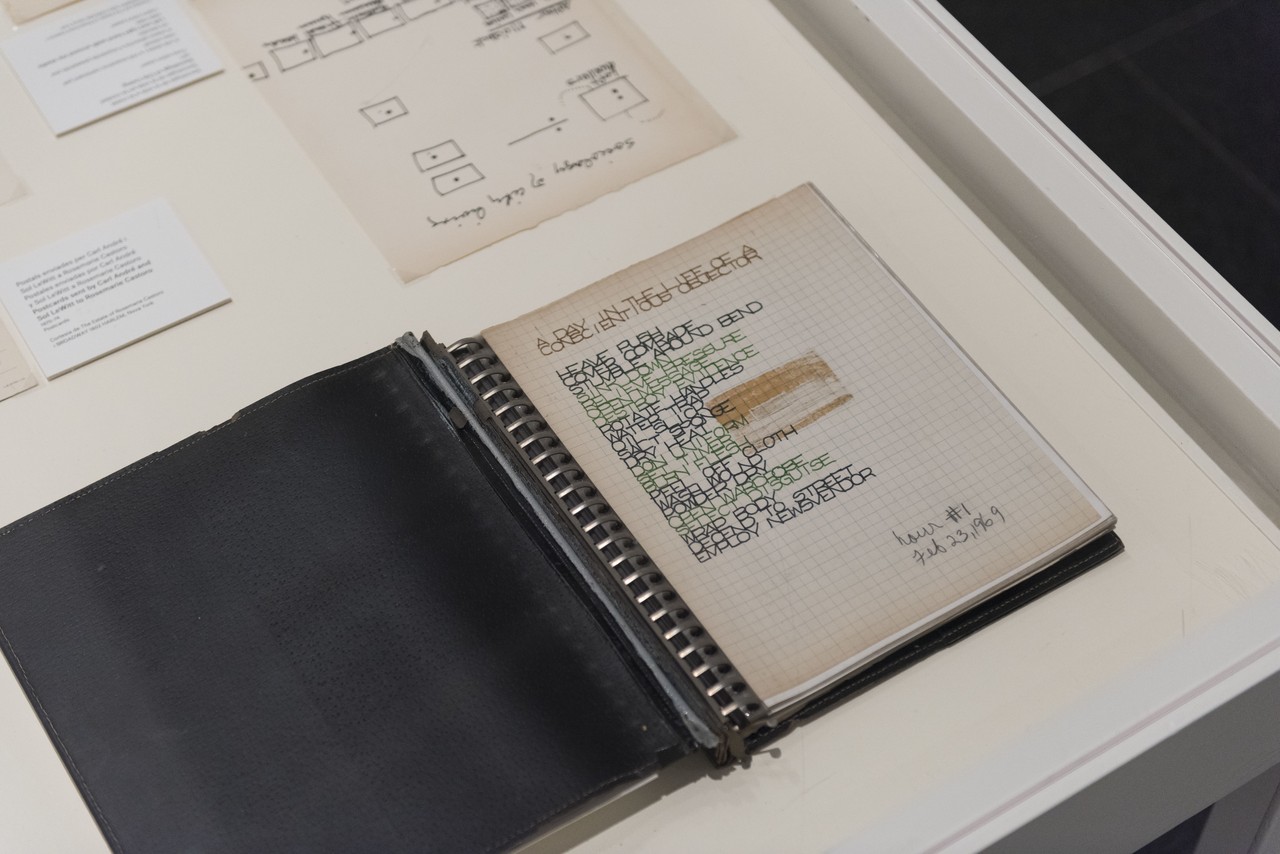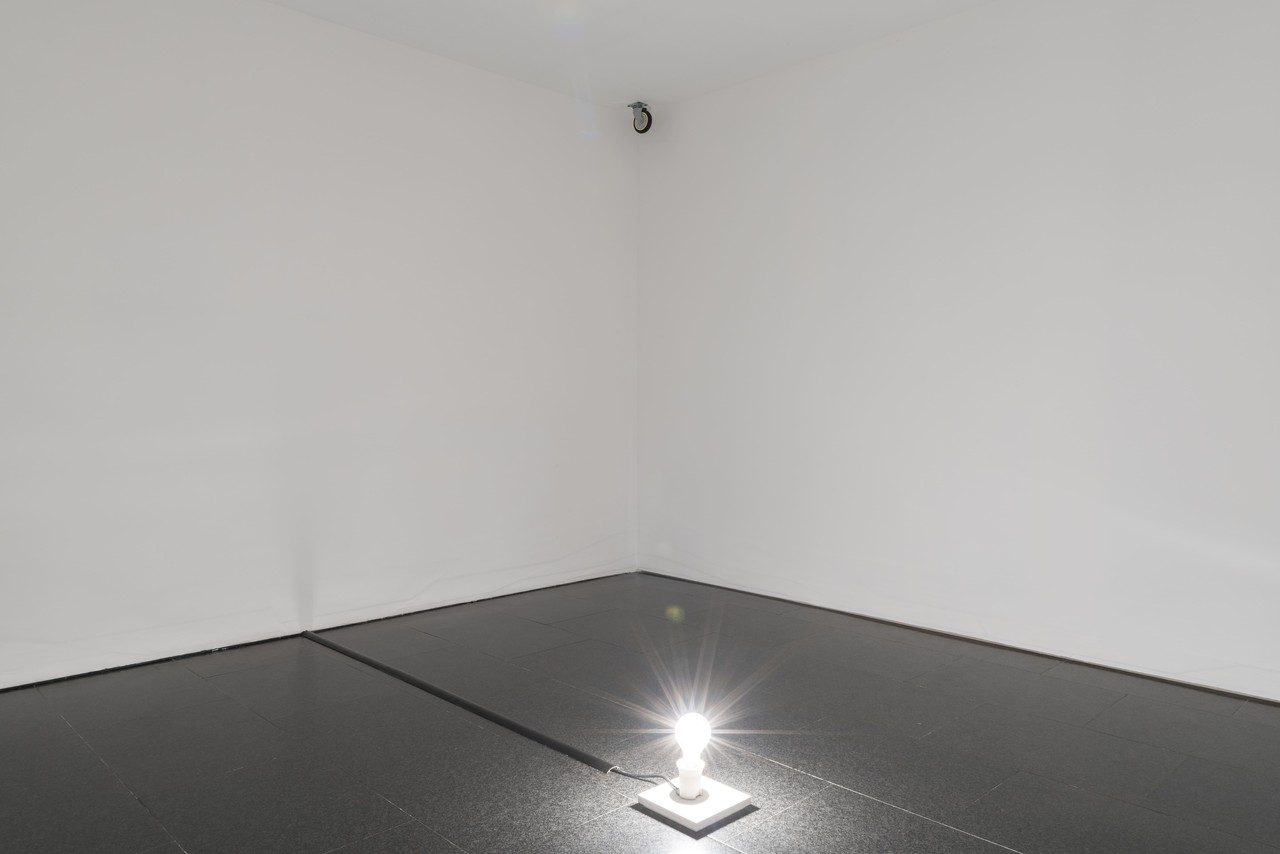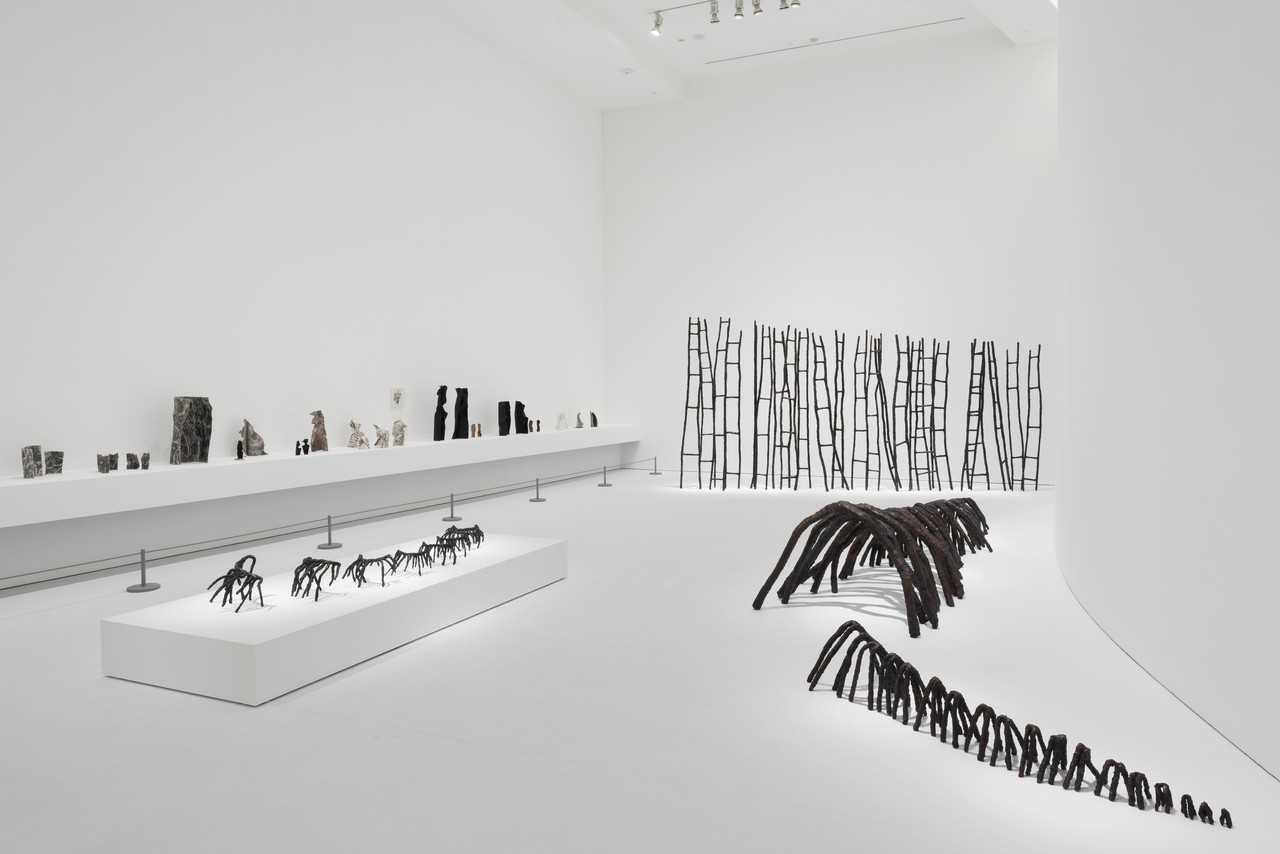Rosemarie Castoro
Focus at Infinity
09 Nov 2017 - 15 Apr 2018
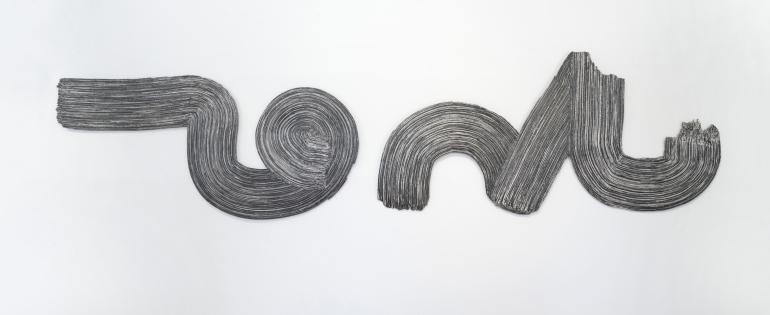
Rosemarie Castoro, "Guiness Martin", 1972
Masonite, gesso, graphite, and modeling paste 36 x 180 inches
Masonite, gesso, graphite, and modeling paste 36 x 180 inches
ROSEMARIE CASTORO
Focus at Infinity
9 November 2017 – 15 April 2018
Curator: Tanya Barson
Rosemarie Castoro. Focus at Infinity will be the first major institutional exhibition of Castoro’s work, and will concentrate on the years 1964–79. Castoro (1939–2015) established her career in the context of Minimalism and Conceptualism in the U.S., circulating at the heart of the avant-garde in New York. The exhibition will show her work in detail for the first time, revealing the diversity of her practice, which encompassed abstract painting, conceptual works, performative actions in the street and studio, poetry, mail art, sculpture, installation and land art. It will explore the context of her work, her activism including her role in the Art Workers’ Coalition, her association with contemporaries such as Carl Andre, Hollis Frampton, Sol LeWitt and Yvonne Rainer among others, and her relation to feminism.
Castoro began her career in graphic art, accounting for the persistent importance of drawing in her work. She also became involved in dance and while a student at Pratt Institute choreographed and performed in her own works. Though Castoro turned to painting, what marks out her work is precisely a dancer’s understanding of space and she acknowledged the interdependence of the two art forms. Simultaneous explorations of colour and structure in painting preoccupied her in successive series in the 1960s. Then, abandoning colour, Castoro brought a new spatial element to her work with monochrome gesso and graphite freestanding multi-panelled works. First shown at the Tibor de Nagy Gallery in 1971, these attain an architectural scale that, though they originate in painting, is closer to Minimalist sculpture. The importance of dance as a constant is revealed through her journals containing performative photographs of her works that she considered ‘containers’ and settings for the body. Castoro translated the surface explorations of the panels into wall-based sculptural brushstrokes, sometimes mimicking shorthand such as that dedicated to her friend Agnes Martin. Site specific works include the architectural ‘gallery cracking’ shown in Lucy Lippard’s landmark ‘Numbers’ exhibition 557,087 at Seattle Art Museum, in 1969. In 955,000, at the Vancouver Art Gallery, Castoro made Room Revelation (1970), an early example of participatory installation art, which will be recreated for the first time at MACBA. Later, Castoro explored post-Minimalist abstraction, making sculptural installations in epoxy resin in 1974–75, then a series of ephemeral landscape interventions using branches. Works sited within urban settings included Trap-a-Zoid (1978) made for Creative Time, and the totemic steel or concrete Flashers, begun in 1979.
The exhibition will consider Castoro’s unique contribution to ‘intermedia’, interrelating painting, sculpture, drawing, language and performance. It will address how key contributors to Minimalism have yet to be given due attention, particularly the coterie of woman artists in a movement that is often erroneously identified as essentially masculine, who, as Lippard said, ‘subverted minimalism on its own turf’. As a result of a consideration of Castoro’s work, the exhibition will emphasise the need to rethink Minimalism, expanding it to include a greater range of artists and to question its accepted tenets.
Focus at Infinity
9 November 2017 – 15 April 2018
Curator: Tanya Barson
Rosemarie Castoro. Focus at Infinity will be the first major institutional exhibition of Castoro’s work, and will concentrate on the years 1964–79. Castoro (1939–2015) established her career in the context of Minimalism and Conceptualism in the U.S., circulating at the heart of the avant-garde in New York. The exhibition will show her work in detail for the first time, revealing the diversity of her practice, which encompassed abstract painting, conceptual works, performative actions in the street and studio, poetry, mail art, sculpture, installation and land art. It will explore the context of her work, her activism including her role in the Art Workers’ Coalition, her association with contemporaries such as Carl Andre, Hollis Frampton, Sol LeWitt and Yvonne Rainer among others, and her relation to feminism.
Castoro began her career in graphic art, accounting for the persistent importance of drawing in her work. She also became involved in dance and while a student at Pratt Institute choreographed and performed in her own works. Though Castoro turned to painting, what marks out her work is precisely a dancer’s understanding of space and she acknowledged the interdependence of the two art forms. Simultaneous explorations of colour and structure in painting preoccupied her in successive series in the 1960s. Then, abandoning colour, Castoro brought a new spatial element to her work with monochrome gesso and graphite freestanding multi-panelled works. First shown at the Tibor de Nagy Gallery in 1971, these attain an architectural scale that, though they originate in painting, is closer to Minimalist sculpture. The importance of dance as a constant is revealed through her journals containing performative photographs of her works that she considered ‘containers’ and settings for the body. Castoro translated the surface explorations of the panels into wall-based sculptural brushstrokes, sometimes mimicking shorthand such as that dedicated to her friend Agnes Martin. Site specific works include the architectural ‘gallery cracking’ shown in Lucy Lippard’s landmark ‘Numbers’ exhibition 557,087 at Seattle Art Museum, in 1969. In 955,000, at the Vancouver Art Gallery, Castoro made Room Revelation (1970), an early example of participatory installation art, which will be recreated for the first time at MACBA. Later, Castoro explored post-Minimalist abstraction, making sculptural installations in epoxy resin in 1974–75, then a series of ephemeral landscape interventions using branches. Works sited within urban settings included Trap-a-Zoid (1978) made for Creative Time, and the totemic steel or concrete Flashers, begun in 1979.
The exhibition will consider Castoro’s unique contribution to ‘intermedia’, interrelating painting, sculpture, drawing, language and performance. It will address how key contributors to Minimalism have yet to be given due attention, particularly the coterie of woman artists in a movement that is often erroneously identified as essentially masculine, who, as Lippard said, ‘subverted minimalism on its own turf’. As a result of a consideration of Castoro’s work, the exhibition will emphasise the need to rethink Minimalism, expanding it to include a greater range of artists and to question its accepted tenets.



